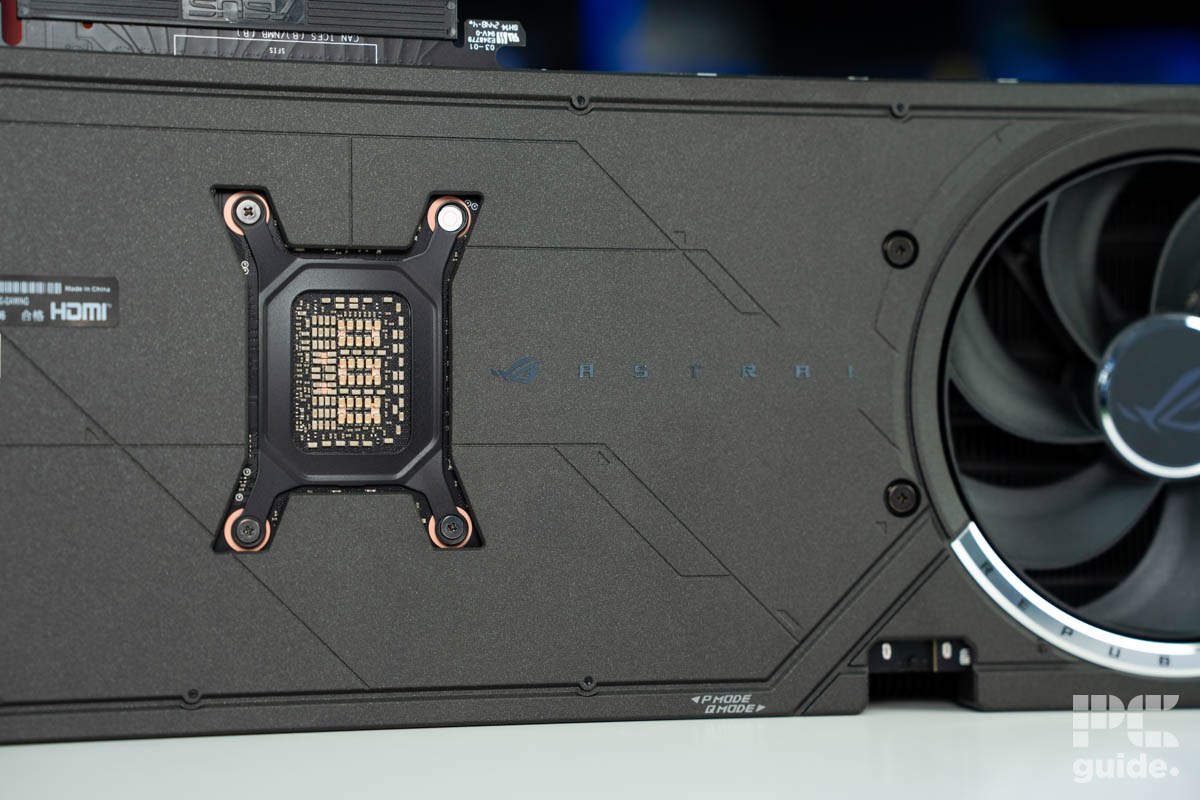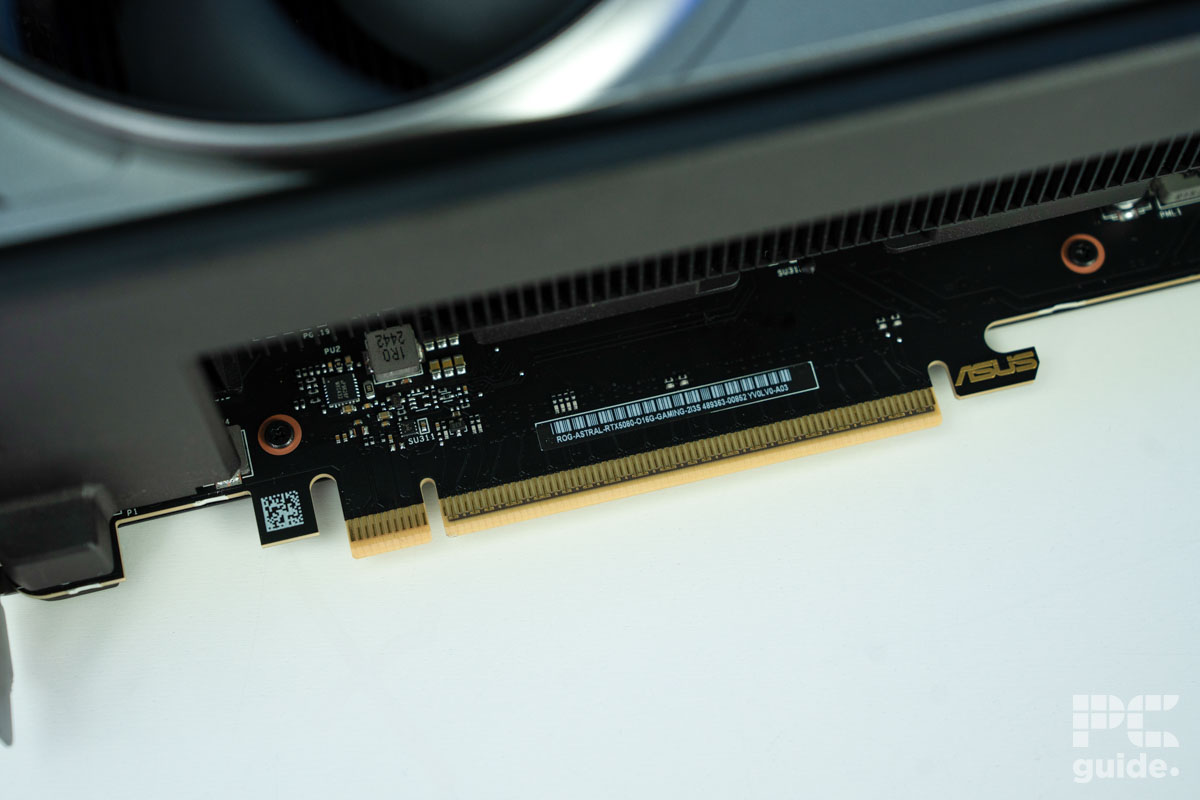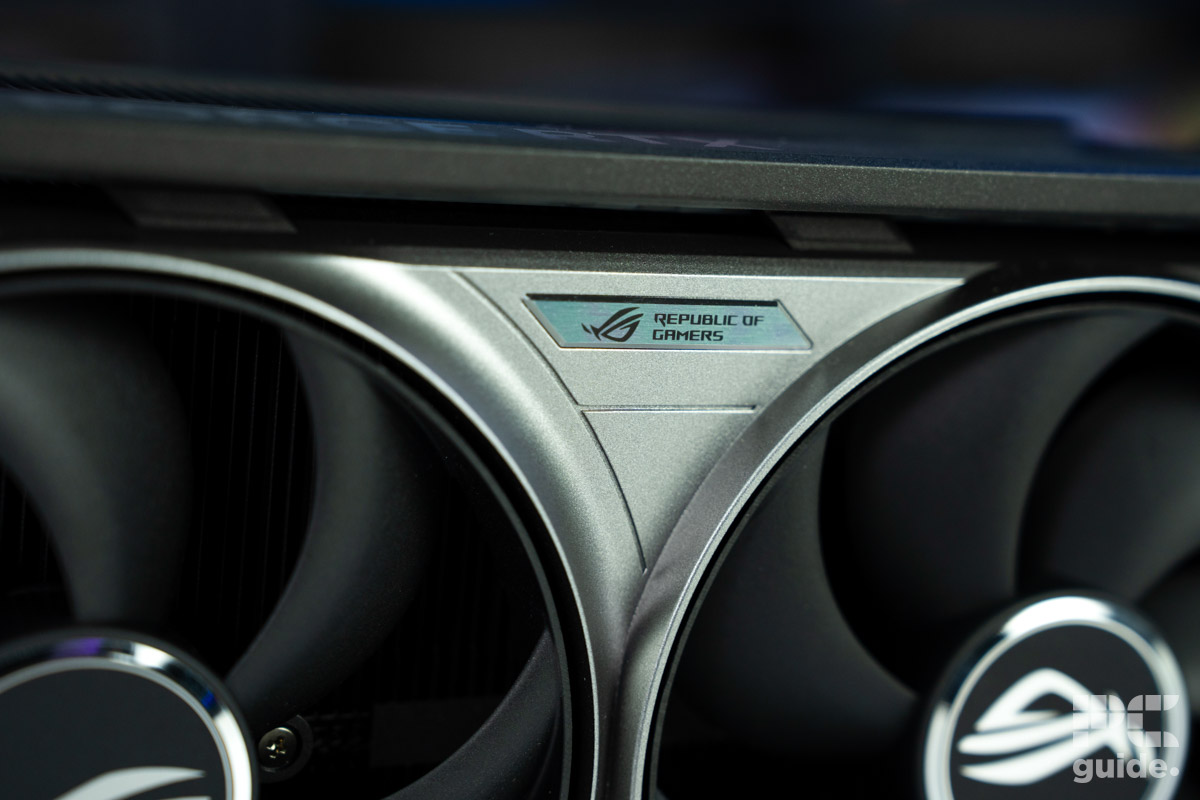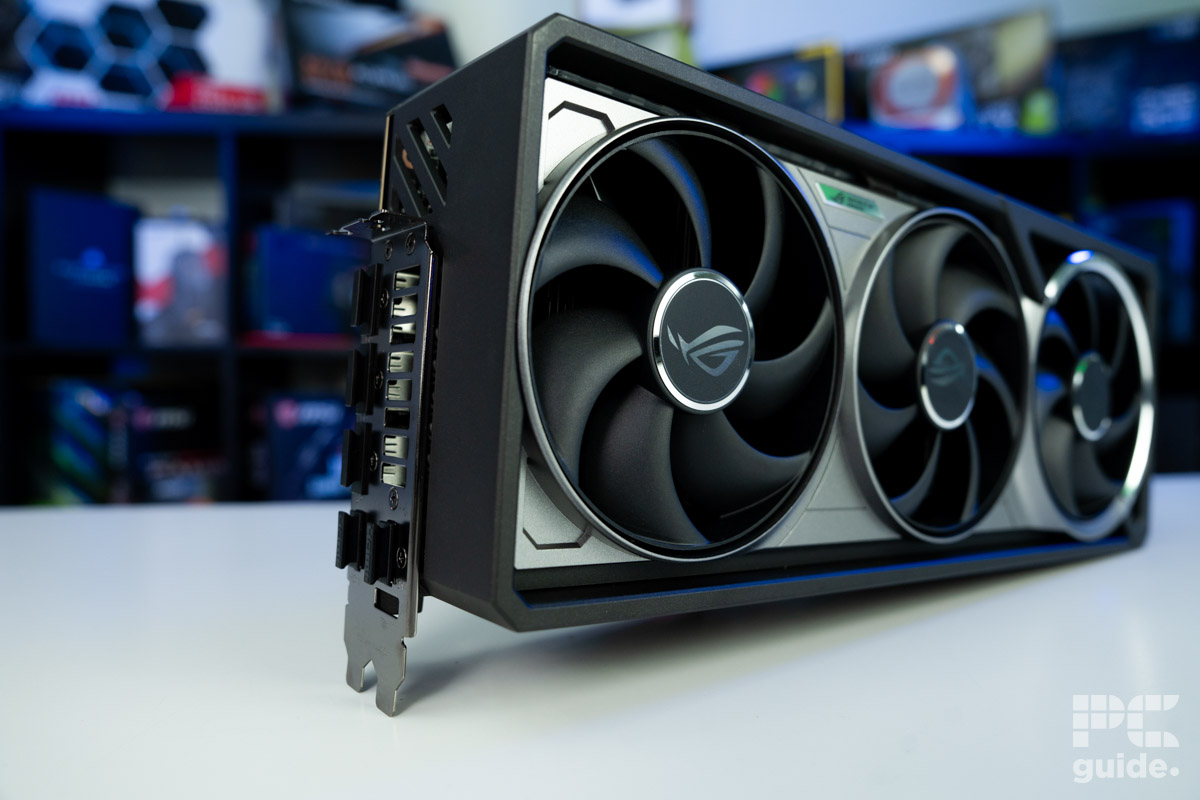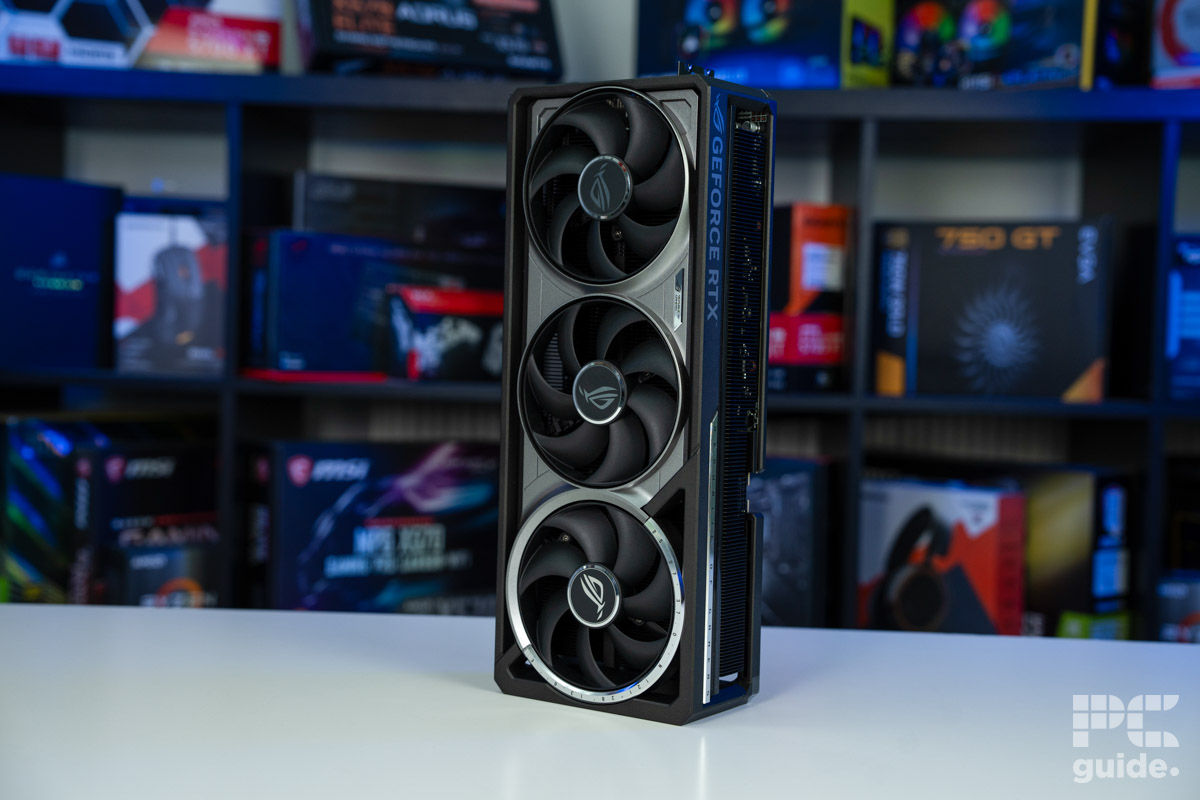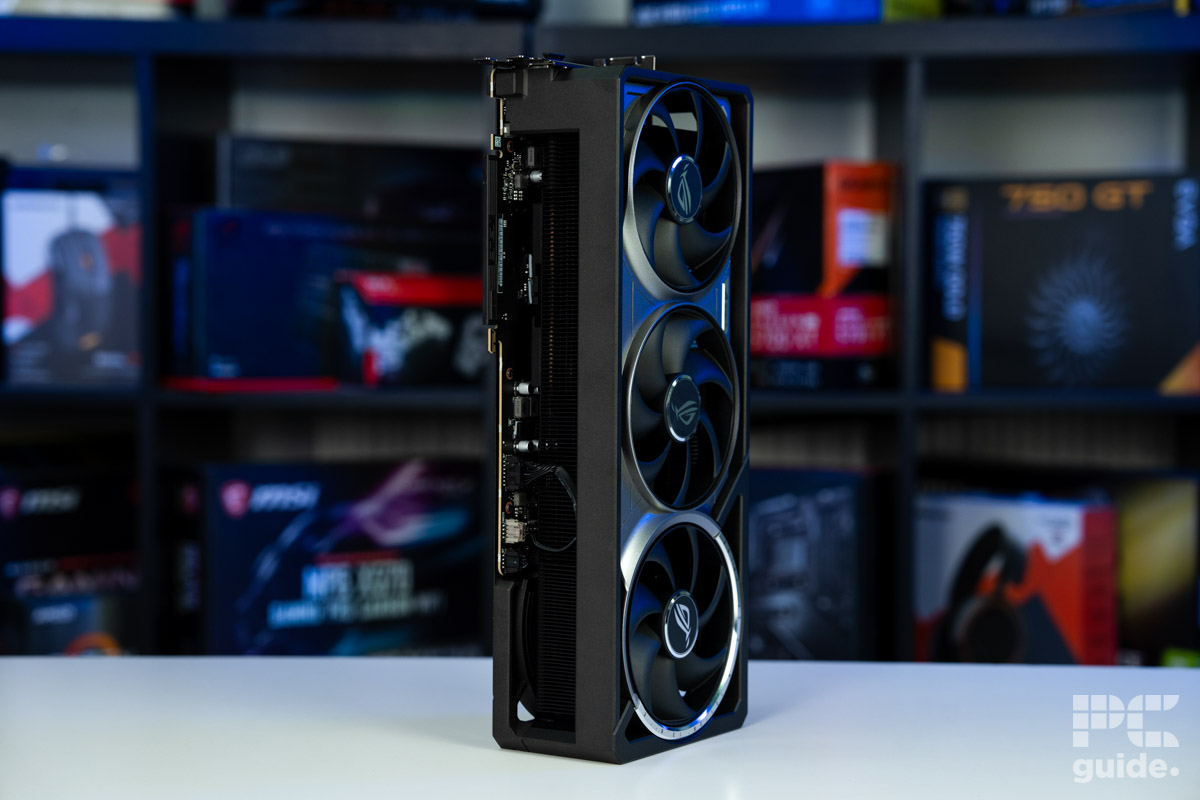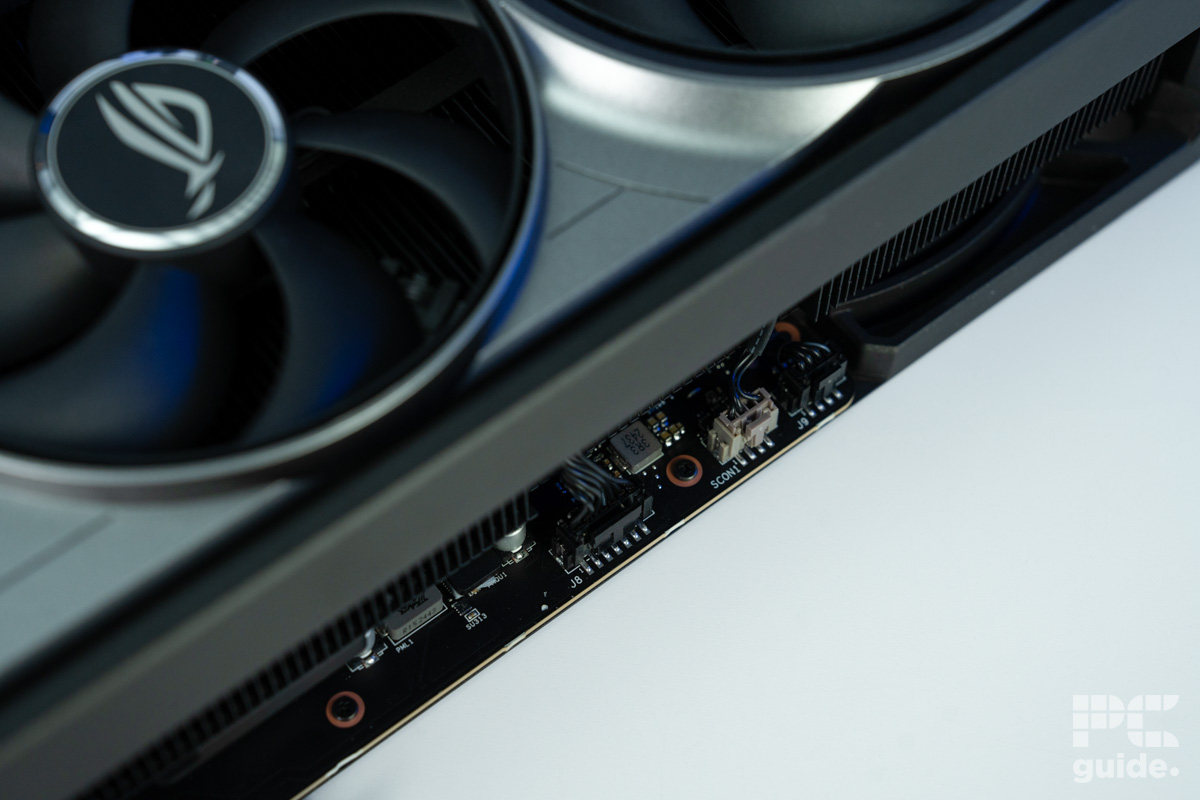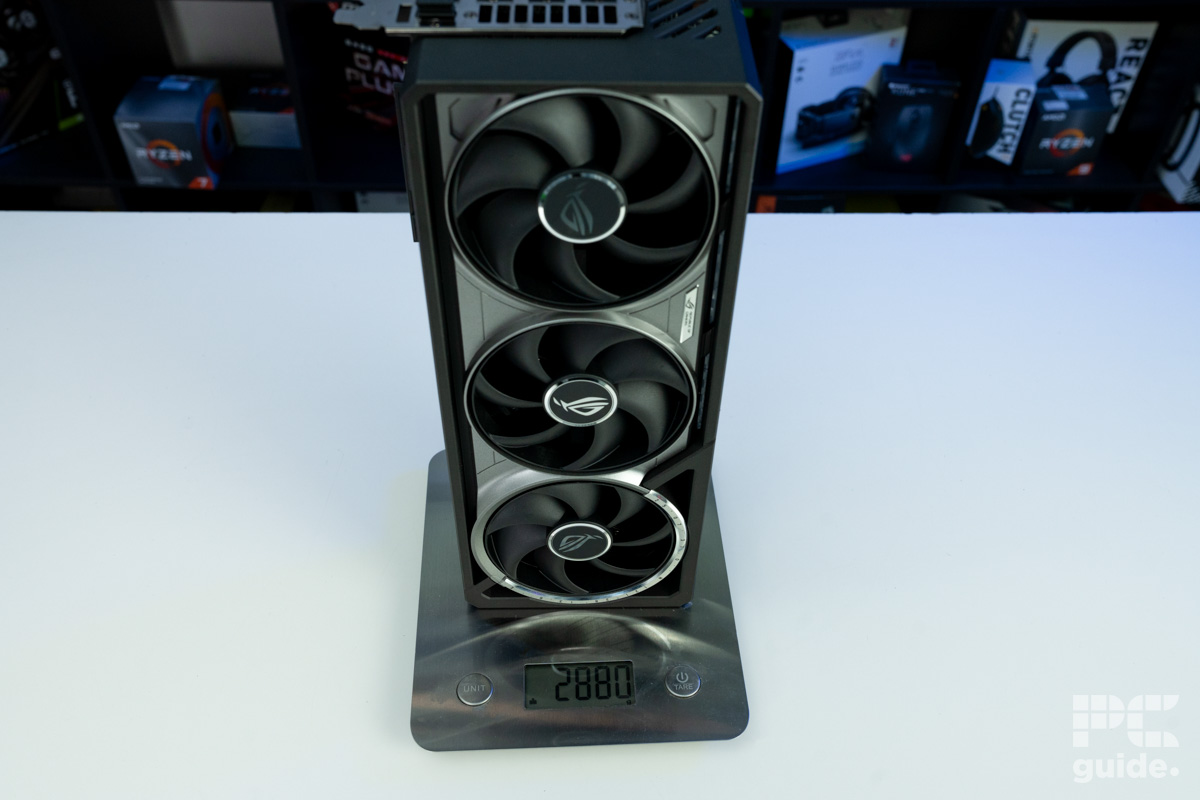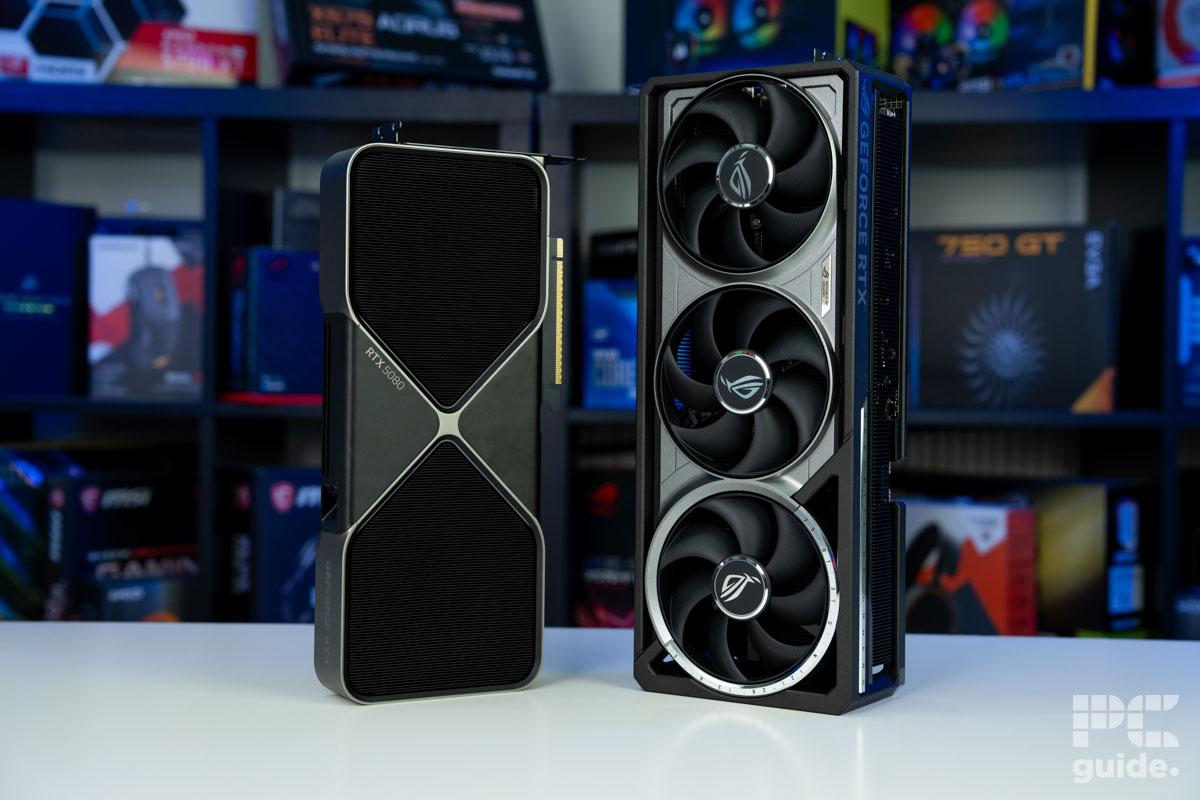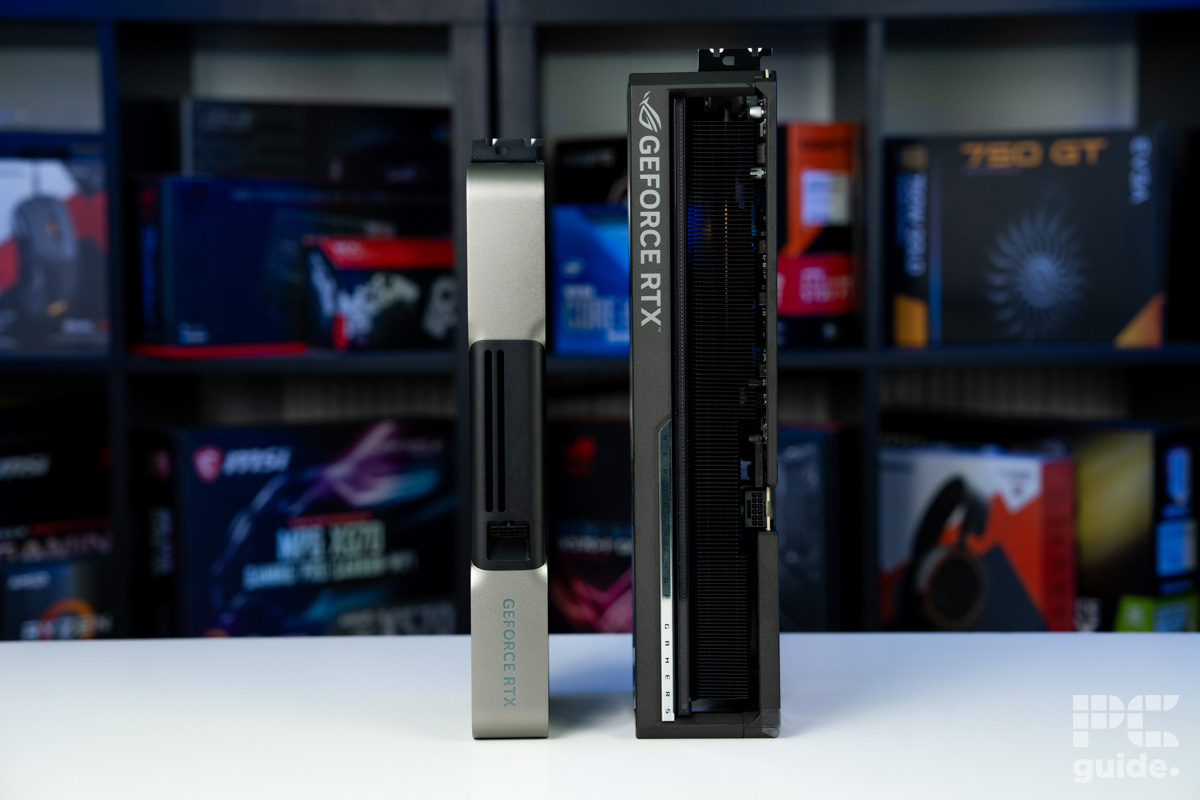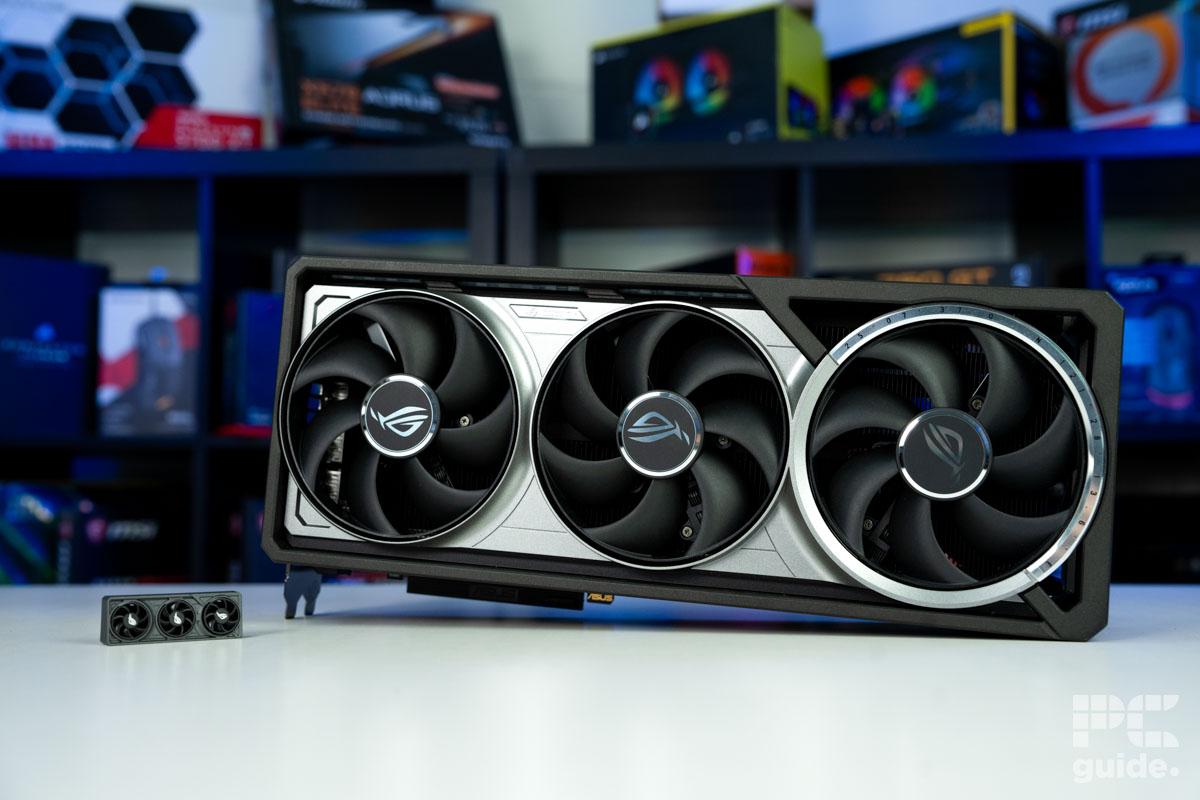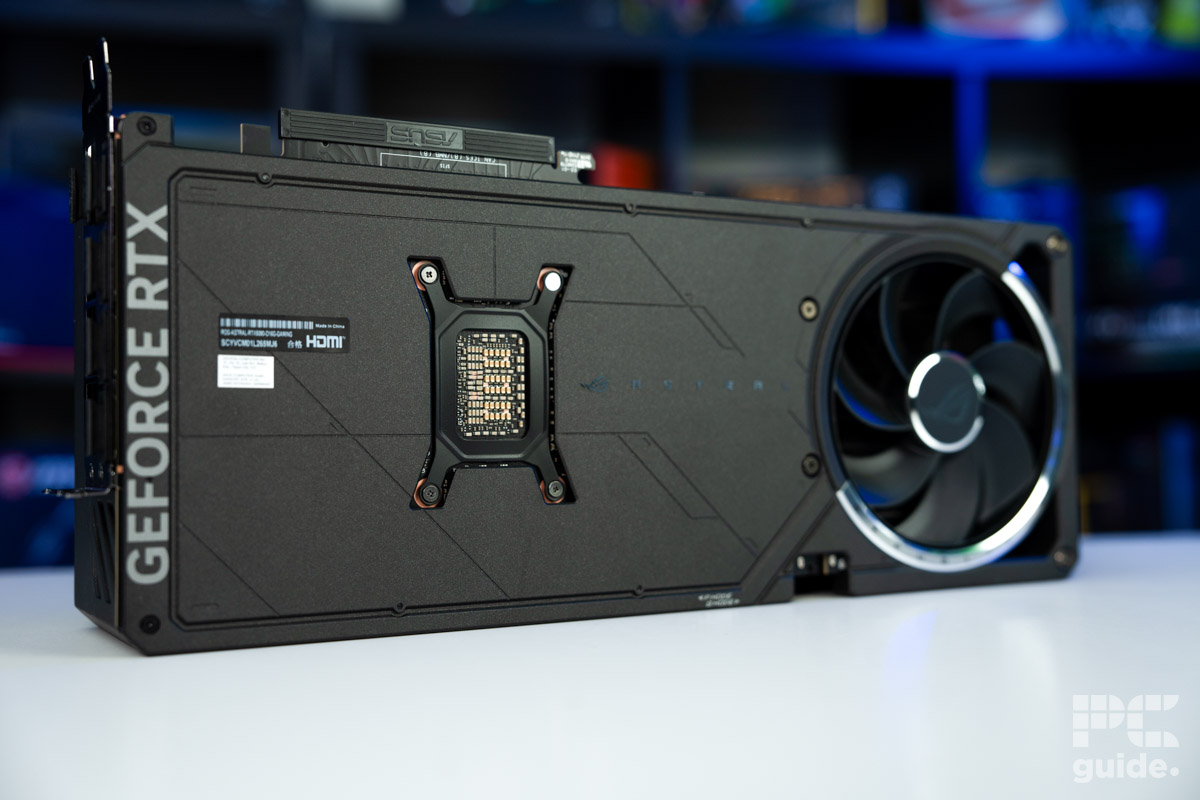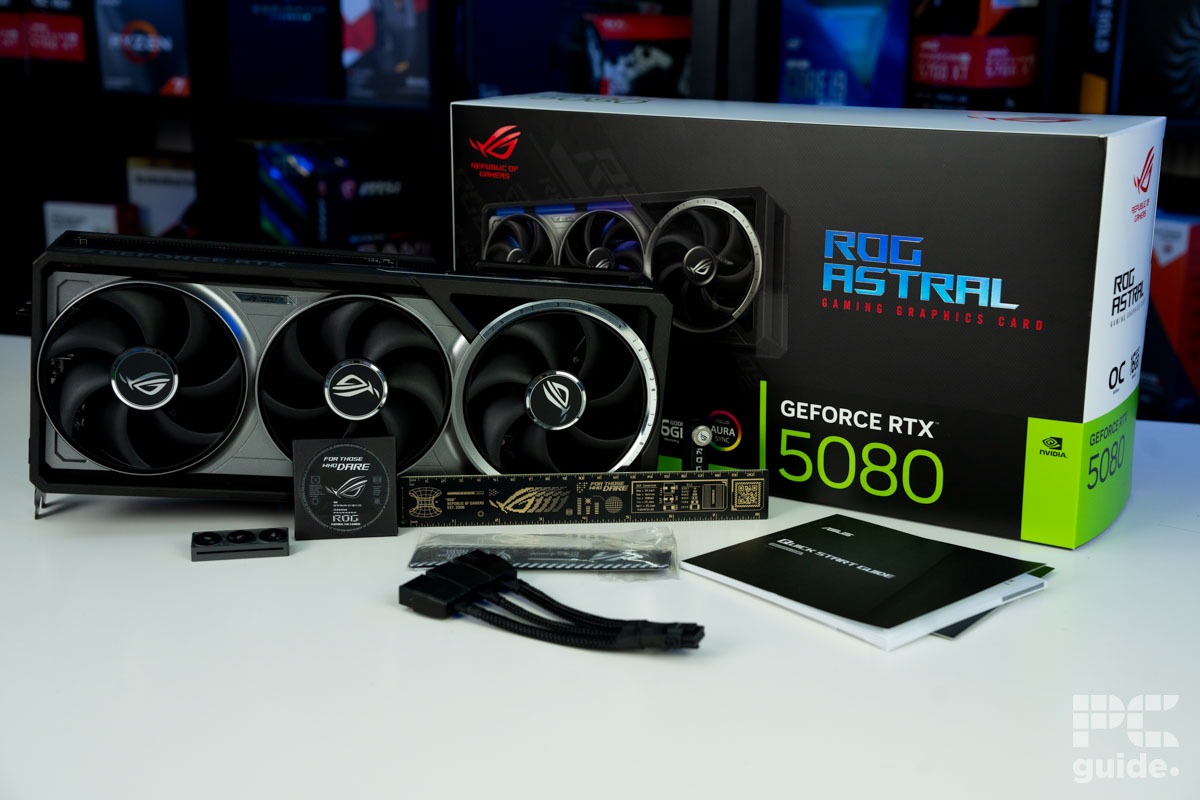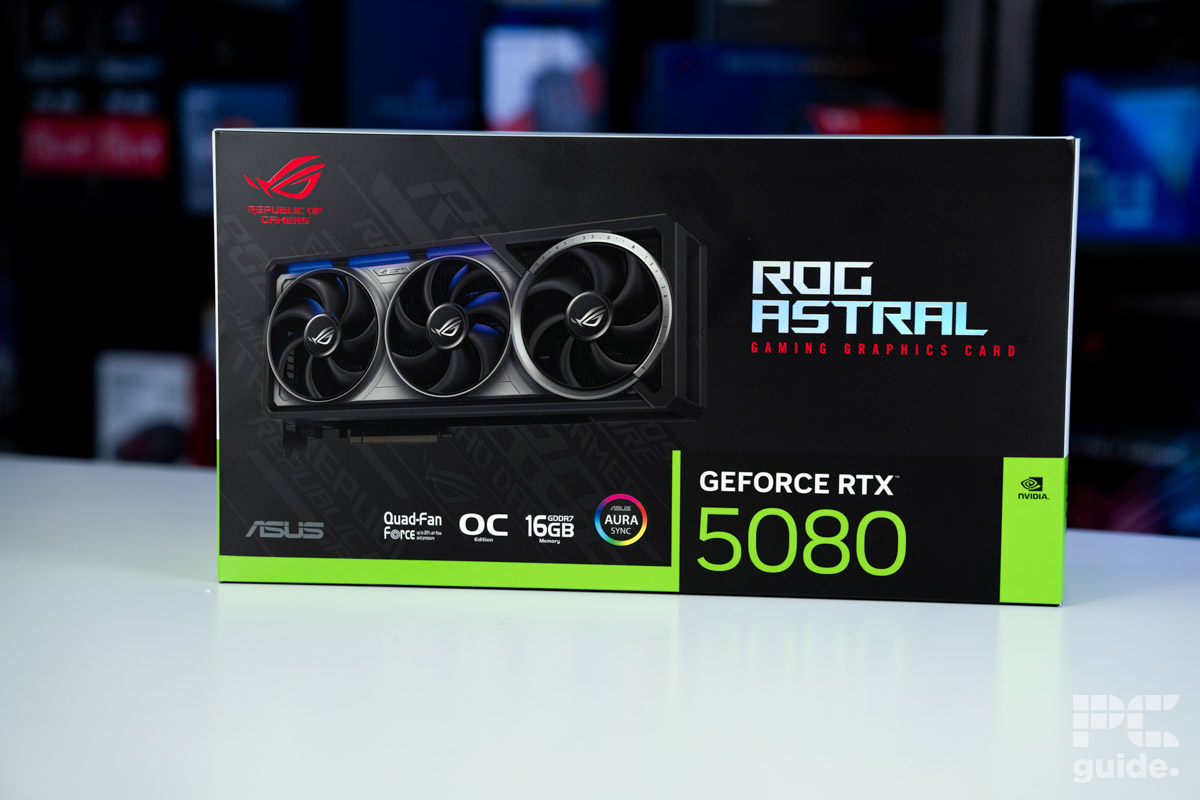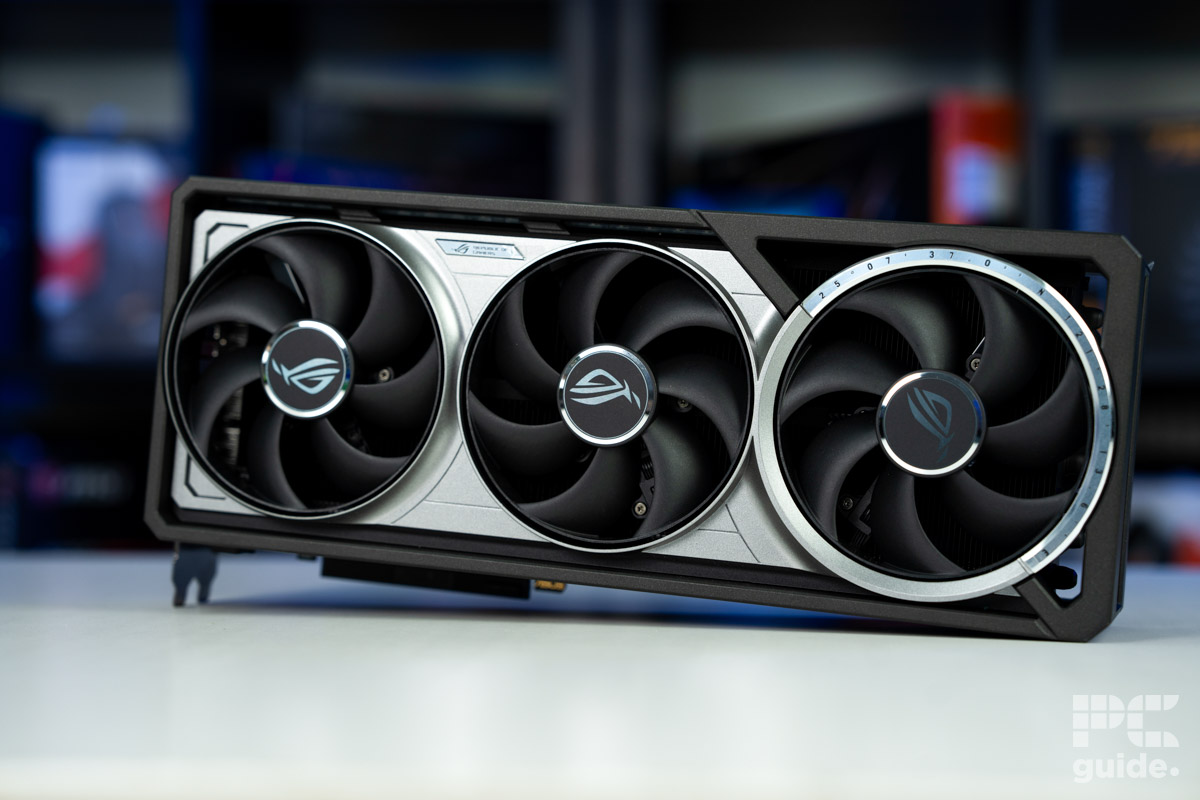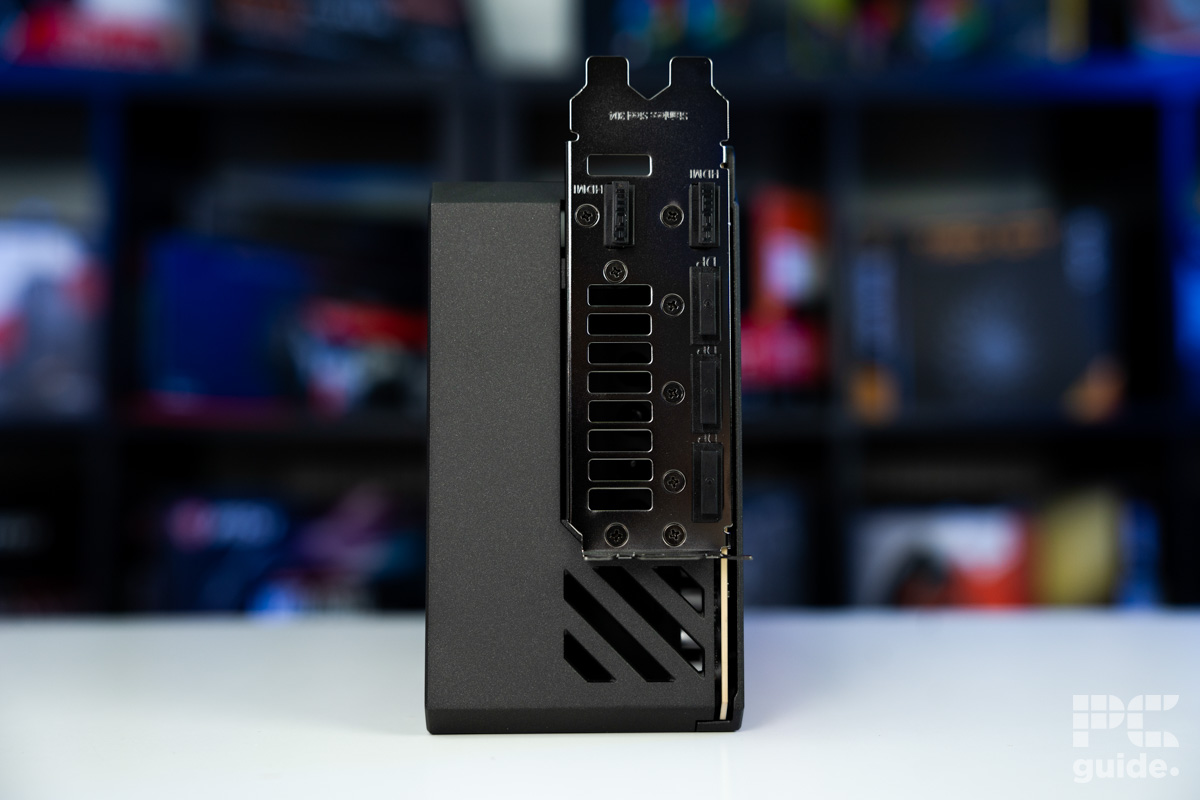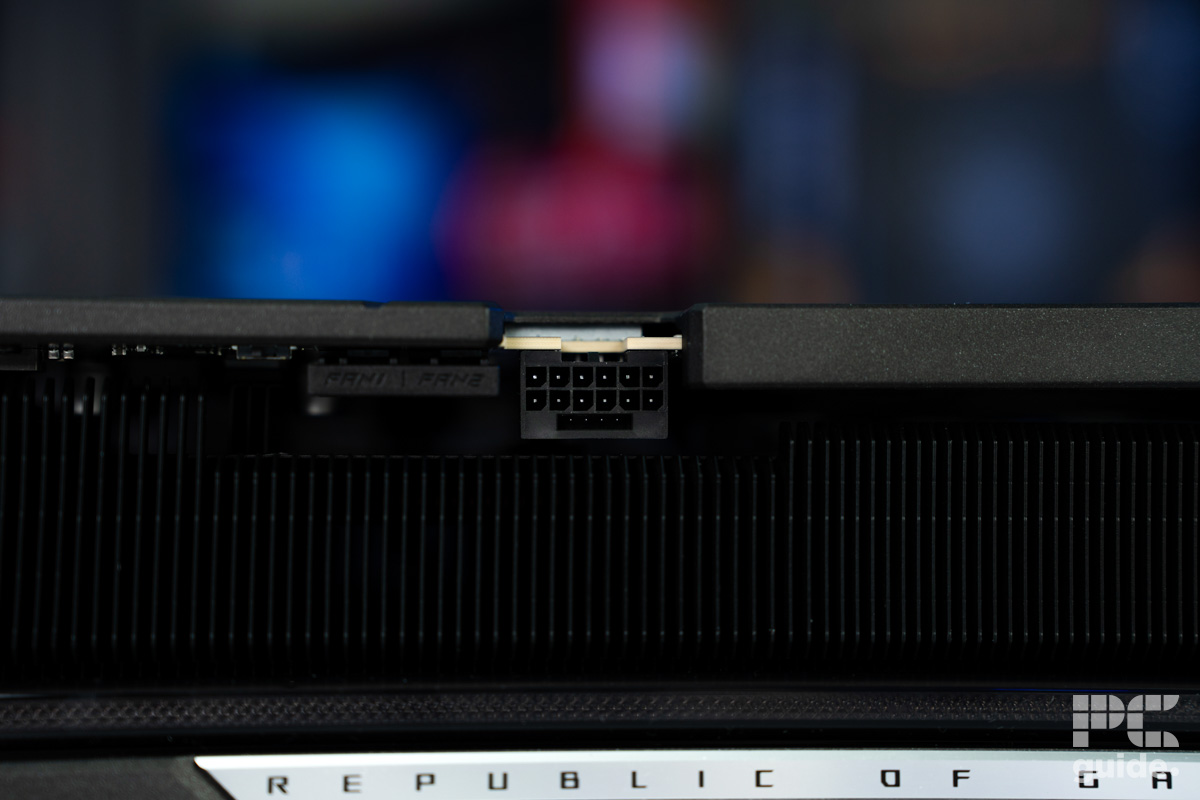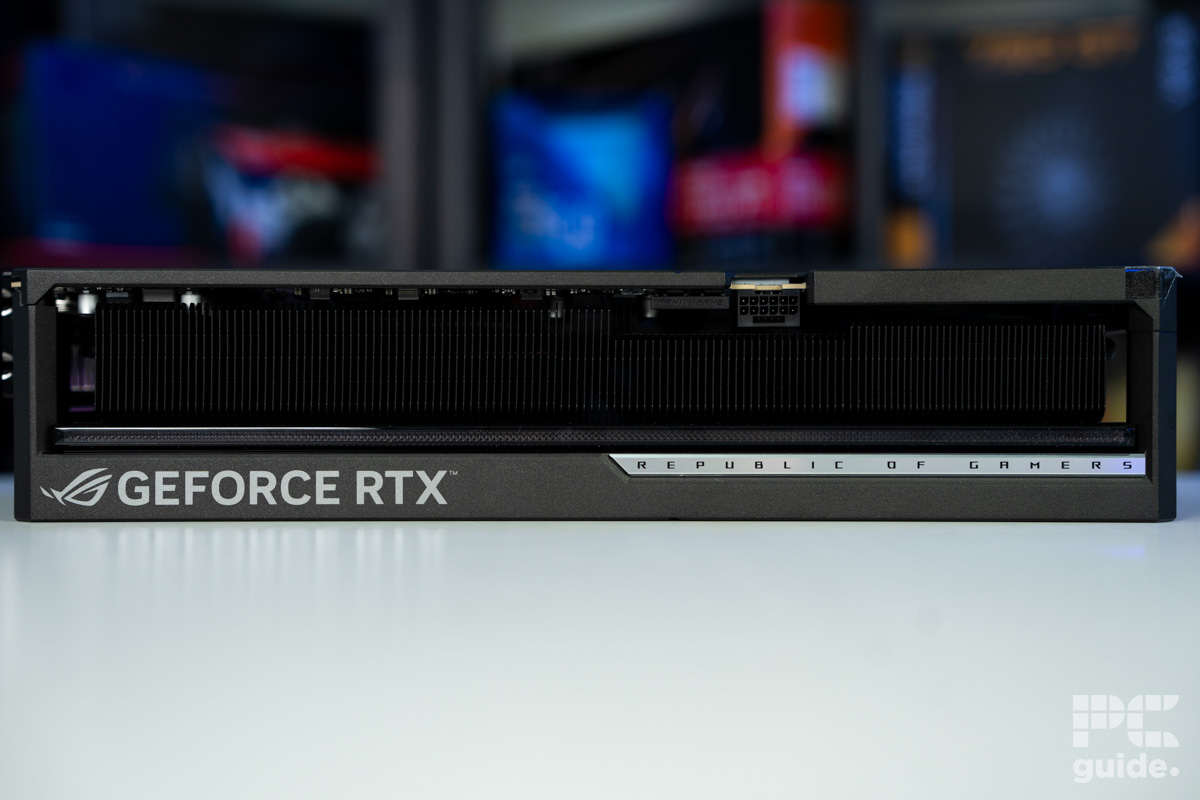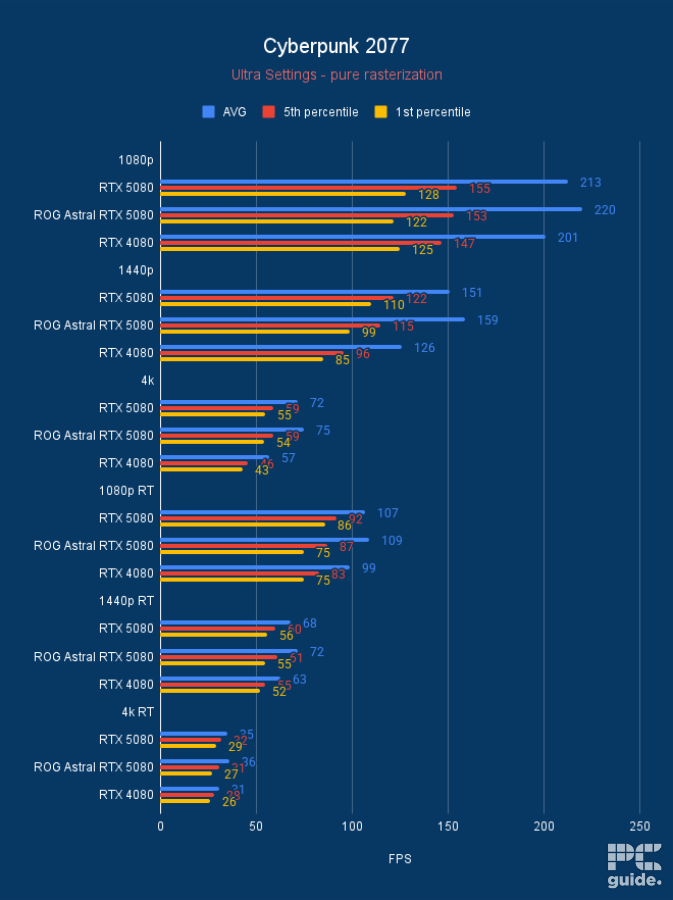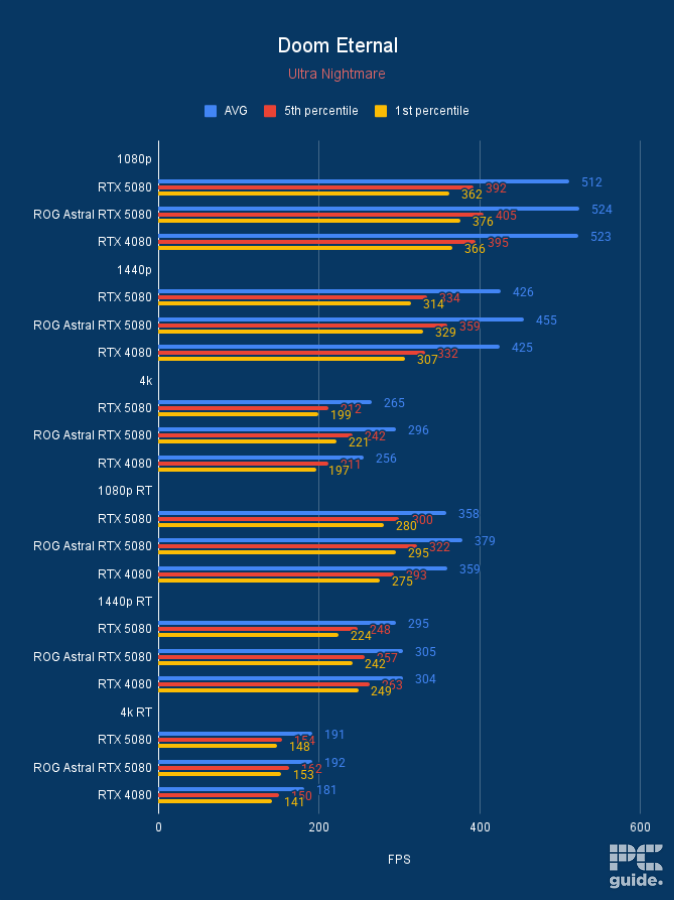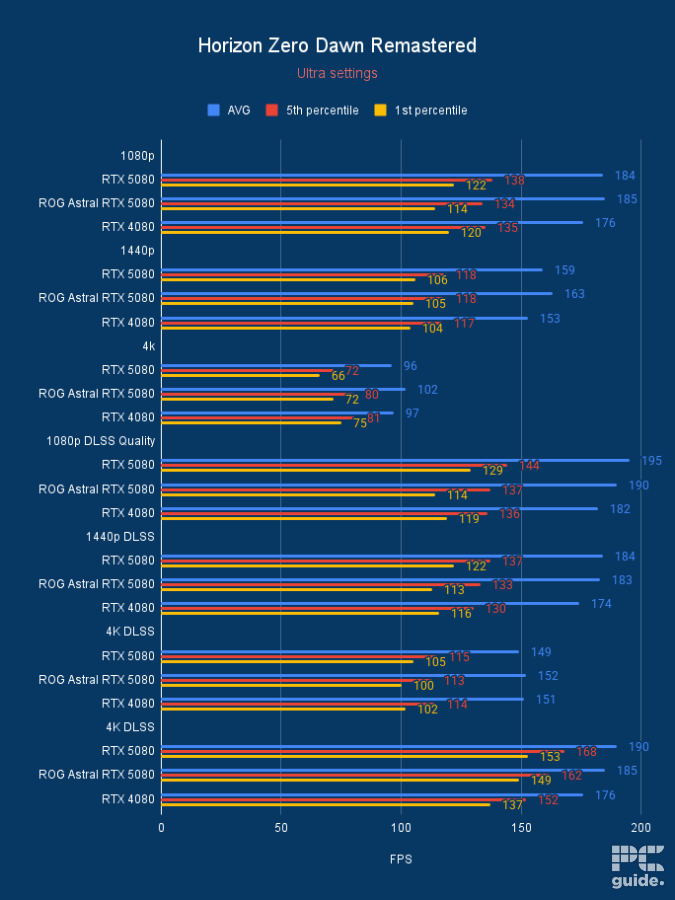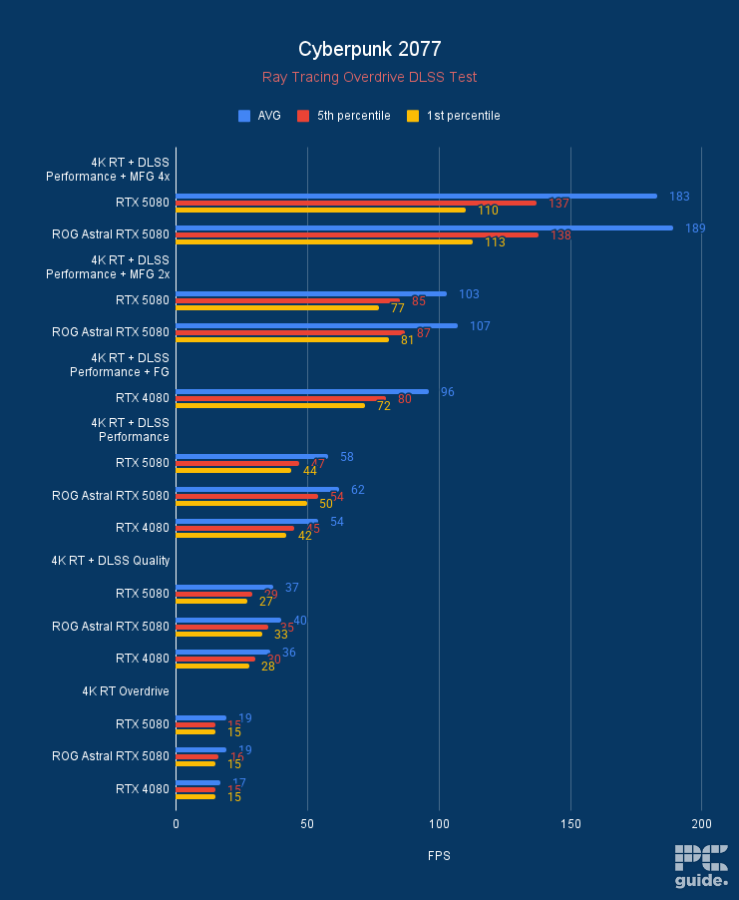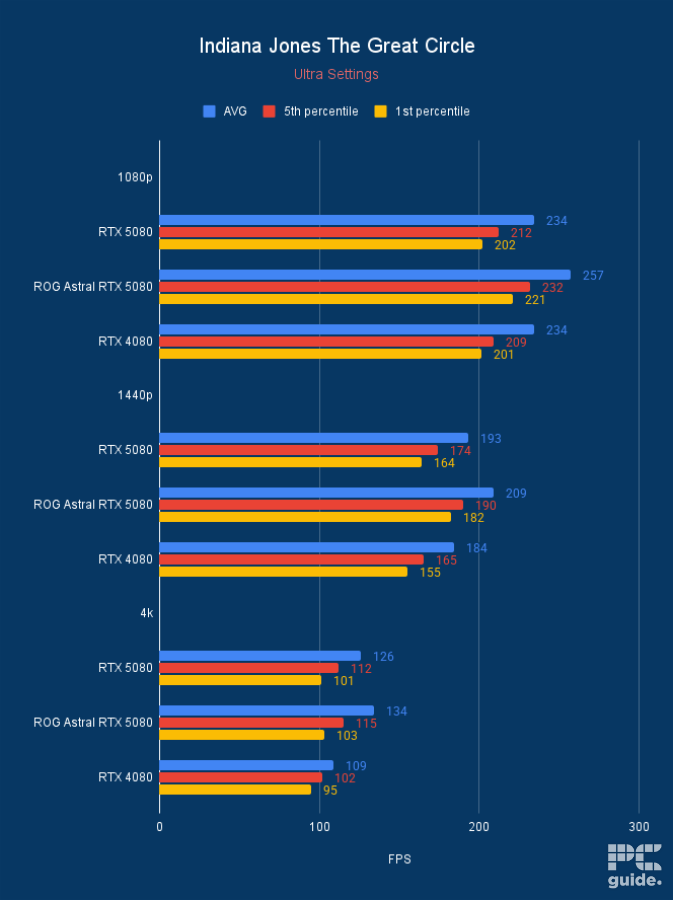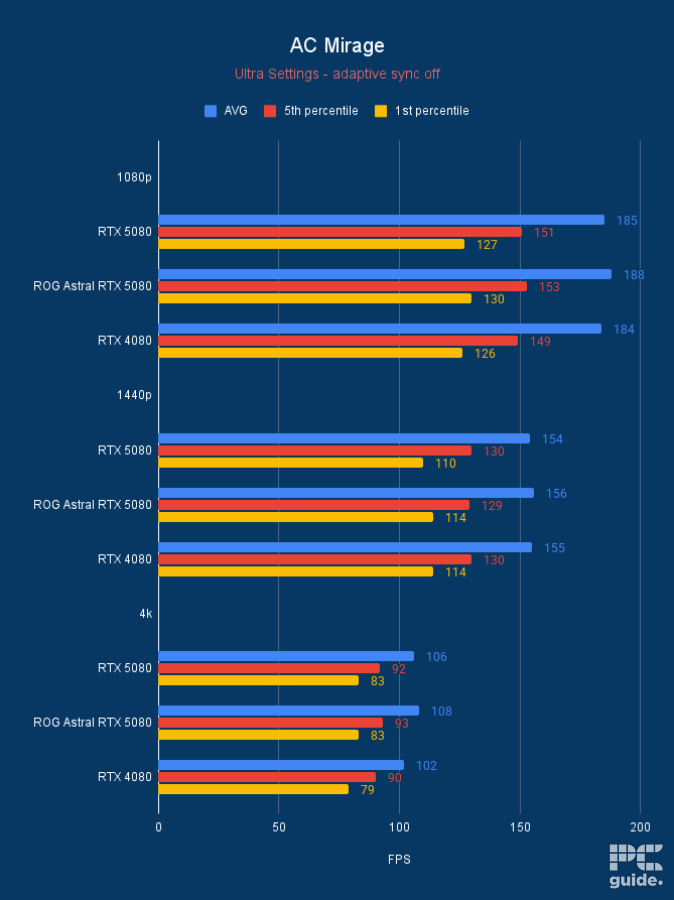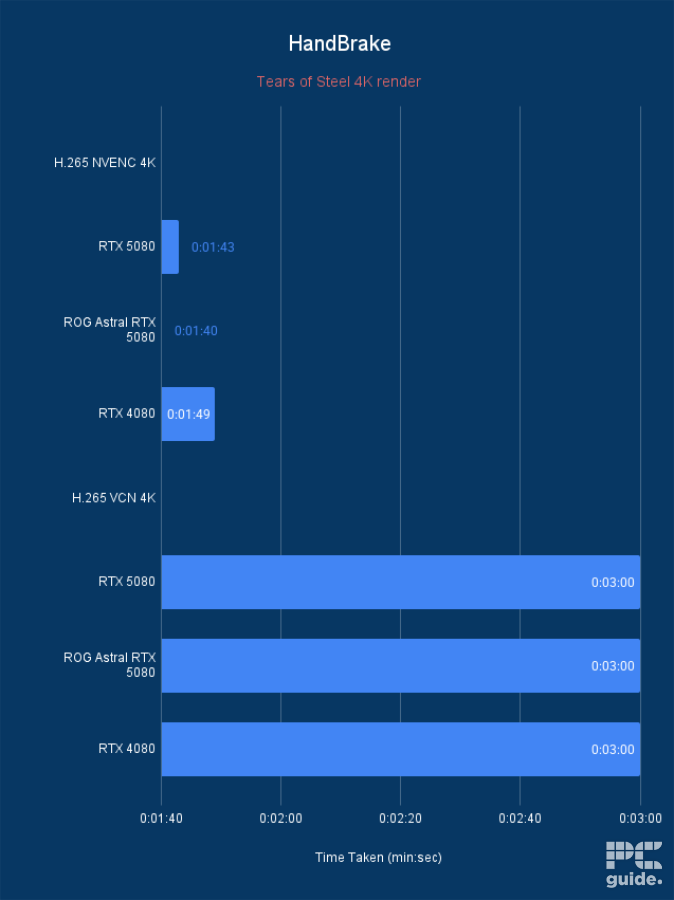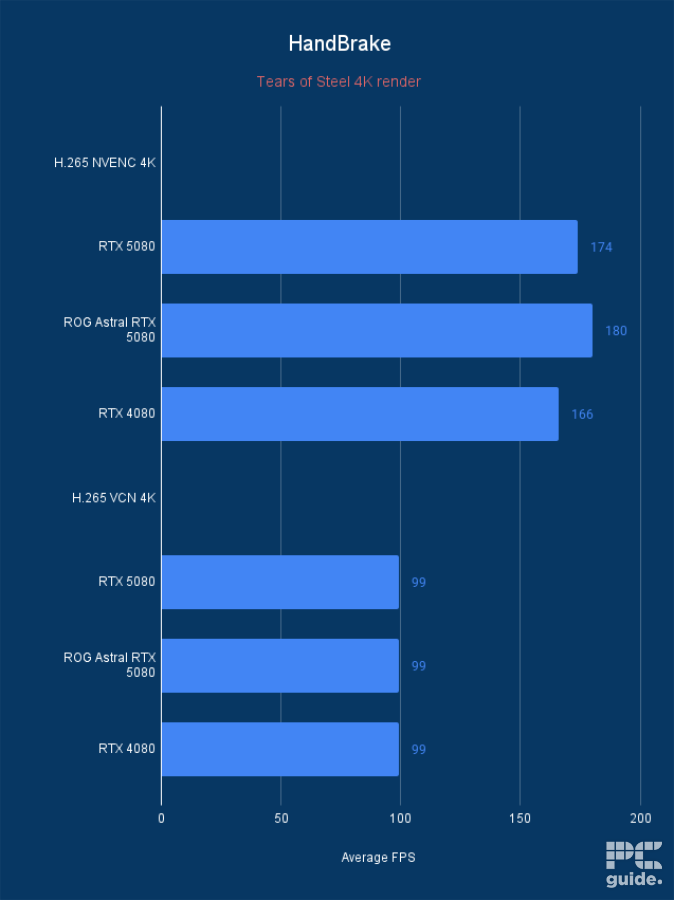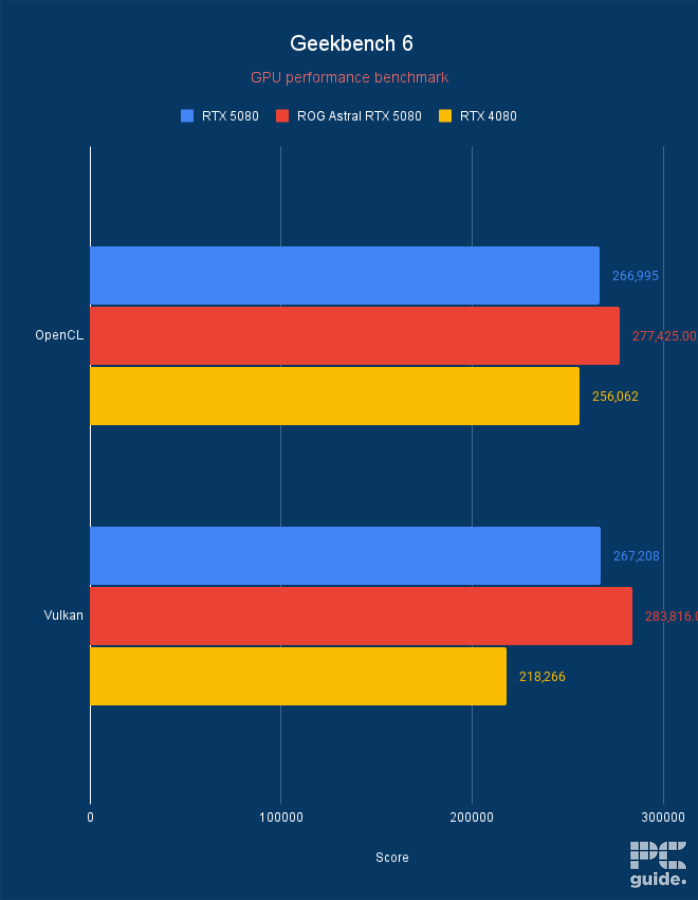ROG Astral GeForce RTX 5080 OC review – excellent cooling and solid performance
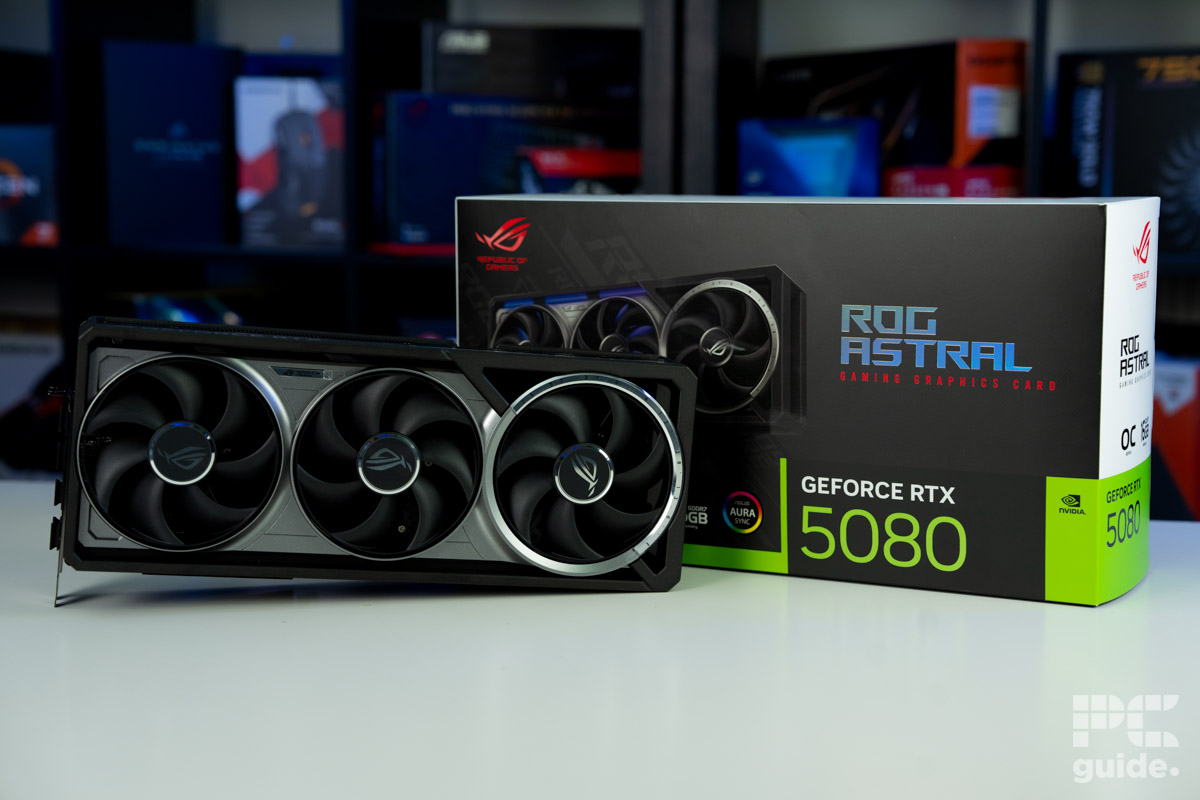
Table of Contents
After testing out the RTX 5080 Founders Edition, I was curious to see how some of the other options on the market performed in comparison, especially as some of them boast fairly hefty price-points compared to the FE’s MSRP of $999.99. The big question on my mind is always how much you’re getting for the extra-spend, and whether it’s ultimately worth it, or not.
For this review, I took a look at the ASUS ROG Astral GeForce RTX 5080 OC graphics card to see how it performed compared to the FE. Here’s what I found.
- GPU: GB203
- CUDA Cores: 10,752
- VRAM: 16GB GDDR7
- Memory Bus Width: 256 bit
- Base Clock Speed: 2,295 MHz
- Boost Clock Speed: 2,790 MHz
The ROG Astral RTX 5080 OC is as impressive as it gets, offering a higher boost clock, enhanced cooling, and much more that makes it stand out from the crowd. The price is, as expected, pretty hefty compared to the Founders Edition, although its improved performance and design may be enough to justify the increased price for some. An expensive option, but one that deliver.
- Improved performance across the board
- Well-designed cooler keeping temps under wraps
- Very quiet, with plenty of fans and onboard fan headers for synchronization
- Dual BIOS allows for easy switching
- Massive price increase over the 5080 MSRP
- Not a very big overclock at the end
- Huge card, that’s cumbersome and heavy
Price
Compared to the Founder’s Edition sold by Nvidia, custom cards tend to have a higher price, especially when it comes to overclocked cards with such large cooling solutions. But even still, I was taken back at how much ROG is charging for one of its RTX 5080 GPUs, although considering the Astral LC 5090 is $3,000, it wasn’t a complete surprise.
There’s some variation in pricing at different retailers, but based on the ASUS website itself, it’s listed at $1,499.99/£1,354.99. That’s well above the MSRP for the Founders Edition, so right off the bat, it had a lot of ground to cover to justify the extra spend.

Key specs
| Specifications | ROG Astral RTX 5080 | RTX 5080 FE |
|---|---|---|
| Cores | 10752 | 10752 |
| Base clock speed | 2.30GHz | 2.30GHz |
| Boost clock speed | 2.79GHz | 2.62GHz |
| Memory | 16GB GDDR7 | 16GB GDDR7 |
| Memory interface | 256-bit | 256-bit |
| Memory clock | 30 Gbps | 30 Gbps |
| Bandwidth | 960.0 GB/s | 960.0 GB/s |
| TBP | 360W | 360W |
| Power connector | 12V-2×6 | 12V-2×6 |
| Dimensions | 358x149x76mm | 304x137x48mm |
| IO | 2x HDMI 2.1 3x DisplayPort 2.1 | 1x HDMI 2.1 3X DisplayPort 2.1 |
When it comes to the specs of the Astral RTX 5080, there are no base changes compared to the FE model. All the main components of cores, memory, and the sorts are kept the same. The fundamental changes happen to be the design and extra features that might be added along with a change in the IO and boost frequencies.
The Astral boasts a 170MHz higher boost clock compared to the Nvidia standard. That can slightly improve performance, but I don’t expect it to run away that much with the faster processing performance from the overclock.
However, it does provide an extra HDMI 2.1 port, which might make it a more significant consideration depending on your monitor setup and if you need another HDMI instead of DP.
Design
First impressions…it’s massive. You get that right from the go when you pick up the box, which has some serious heft to it. Unpacking the card itself is suitably luxurious, as expected from ASUS’ premium line. You’ll find dense foam holding everything in place, as opposed to Nvidia’s all-cardboard packaging, and all the extras are neatly organised in their place. This felt special, that’s for sure.
The design of the Astral cooler comes in at a much bigger size and weight compared to the Nvidia option. With a dimension of 358x149x76mm, it expands in all directions, so no – this isn’t SSF compatible (unlike the FE).
This a great looking card too, boasting a polished metal finish that enclose the PCB inside. It’s a GPU that would look great in practically any build, and isn’t too far in one way to really divide opinion.
As with most other designs at this level, there are three fans on the front to blow all that air into the heatsinks and cool the card down. What is surprising. however, is finding the fourth fan right on the backplate.
Instead of opening up that side to let air out, it implements a reverse fan to pull air out through the heatsink as well. I’d worry about the interference with the other end and the noise it could create, but the sides and edges are very open on this card, and give plenty of space for expelling and pulling in air by all the fans onboard.
This card is significantly heavier than the FE though, coming at 2879g (6.35 lbs) compared to the 1649g (3.64 lbs) of the FE card, at least on our scale. That means it’s over 1.2kg (2.65 lbs) heavier, and you should probably consider decent GPU support to stop it from bending.
Performance
Next up, I put it to the test of its actual performance and what it can achieve. Putting it through the PC Guide testing lab, pairing it up with the top-of-the-line hardware to give it the best-case scenario to do its best. With the results pitting against the 5080 FE and 4080, we can see what kind of improvements it has to offer, along with the thermal performance it has to provide.
Test bench components:
- Motherboard: ASUS ProArt X670E-CREATOR WIFI
- CPU: Ryzen 7 9800X3D
- RAM: Corsair Dominator Titanium RGB (64GB, 6600MT/s, CL32, DDR5)
- CPU Cooler: ROG RYUJIN III 360 AIO
- PSU: 1000W Phanteks
- Windows version: 24H2
- Driver: GeForce 572.16
Gaming
Firstly, I compared how well the GPU did in gaming and the kind of framerates it can achieve. With a comparison to the 5080 FE and 4080, we can see the difference the overclock achieves.
Across the board, the Astral RTX 5080 OC does improve over Nvidia’s Founder’s Edition, as expected. The higher boost clock does actually boost the performance in some places, but not always by a lot.
In CS2, the Astral achieves a 4-5% higher average than the FE model, in Cyberpunk 2077, that comes to between 1-8%, mostly getting the biggest difference coming at higher resolutions and qualities, and in fat diminishing when trying out DLSS 4 and it’s multi-frame gen.
For Doom Eternal, the percentage varies a lot more, with the rising framerates averaging 2-12% more without ray tracing. But with RT turned on, that instead falls from 5-1% going through the resolutions. Assassin’s Creed Mirage has a very flat performance uptick from the Astral overclock, as it gets a 1-2% higher average fps.
Horizon Zero Dawn Remastered gets a bit flip-floppy as the framerates are very close to each other and even falling behind. Quite easily, it could be a standard error in testing, as it ranges between a 1-6% gain in rasterization in increasing resolutions. Still, with DLSS on, it teeters between a loss of 2% and a gain of 2% in performance.
In Indiana Jones, that ranges between a 6 to 8% gain for the Astral model over the Founder’s Edition and getting plenty of high framerates doing so. The last of the tests I did was in F1 24; it also ranged improvements of up to 4% exchanging leads with the Nvidia card itself.
Synthetics and rendering
I put the card through synthetics and rendering benchmarks as well to see how much it has to offer in improvements in a more straightforward test.
Starting with 3DMark and benchmarking the 3D scene renders across different DirectX versions and for different features, it gives a look at the uplift the overclocking offers. Here, the Astral OC increases the 5080’s score by between 1-3%, improving its capability in the software.
That is the story across the board as well. As in Handbrake, testing the NVENC encoder, the OC gets a 3% boost, finishing three seconds quicker than the FE. While in Blender and rendering 3D scenes, the ROG card manages to get an improvement of 1-3% in the score it achieves.
In Geekbench, that boost is 4 and 6% in the OpenCL and Vulkan APIs. The AI benchmarks show a 4-5% improvement for the card, getting an incremental improvement from the overclock.
Thermal
I also put to the test the thermal and power performance of the ROG Astral card. Putting it under a 20-minute load with Furmark 2 and loading it to the max to see its thermal behavior.

The graph shows how the GPU power and thermals react. Both quickly spike upon applying the load, as the power reaches 400W, and the GPU temperature spikes and levels at around 62°C as the memory junction temp sees the same kind of performance.
In comparison, the Founder’s Edition averages around 68°C, with the memory reaching 74°C. This means all that cooling on the ROG card actually works and has some use. The big design contributes to quite a temperature difference, while it doesn’t have the same PCB length installed on the custom card compared to Nvidia’s FE card, which only has the PCB in the middle to allow a lot more flow through.
Conclusion
- GPU: GB203
- CUDA Cores: 10,752
- VRAM: 16GB GDDR7
- Memory Bus Width: 256 bit
- Base Clock Speed: 2,295 MHz
- Boost Clock Speed: 2,790 MHz
Overall, the ROG Astral RTX 5080 OC does, of course, offer a better performance, even reaching double digits in certain scenarios. The design screams premium, and it looks stunning, if not pretty bulky compared to the FE. The cooling looks great, but it’s also very effective too – which is exactly what I wanted to see from this card, given its an OC option.
Is it worth the price increase? I’ll leave that one to you this time. Personally, the option of choosing which 50-series card we want isn’t too in our control anyway, considering various stock issues at the time of writing. Personally, I think this is a standout 5080 GPU that’s well worth considering if you come across it, and I feel the extra spend is rewarded by notable improvements in performance and cooling, but also in terms of design too.
